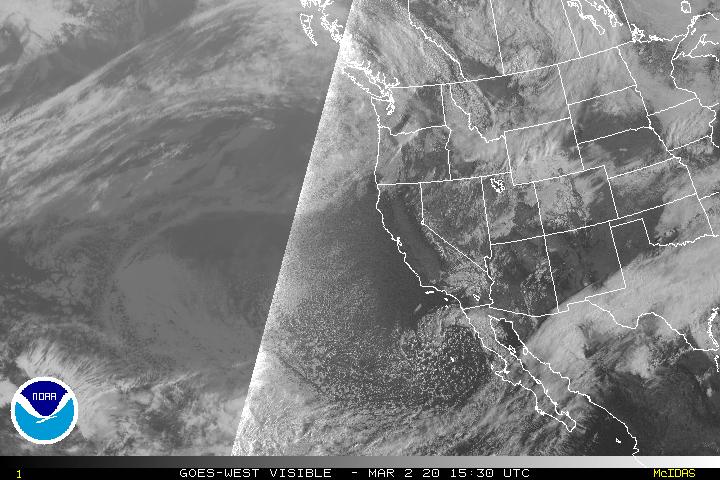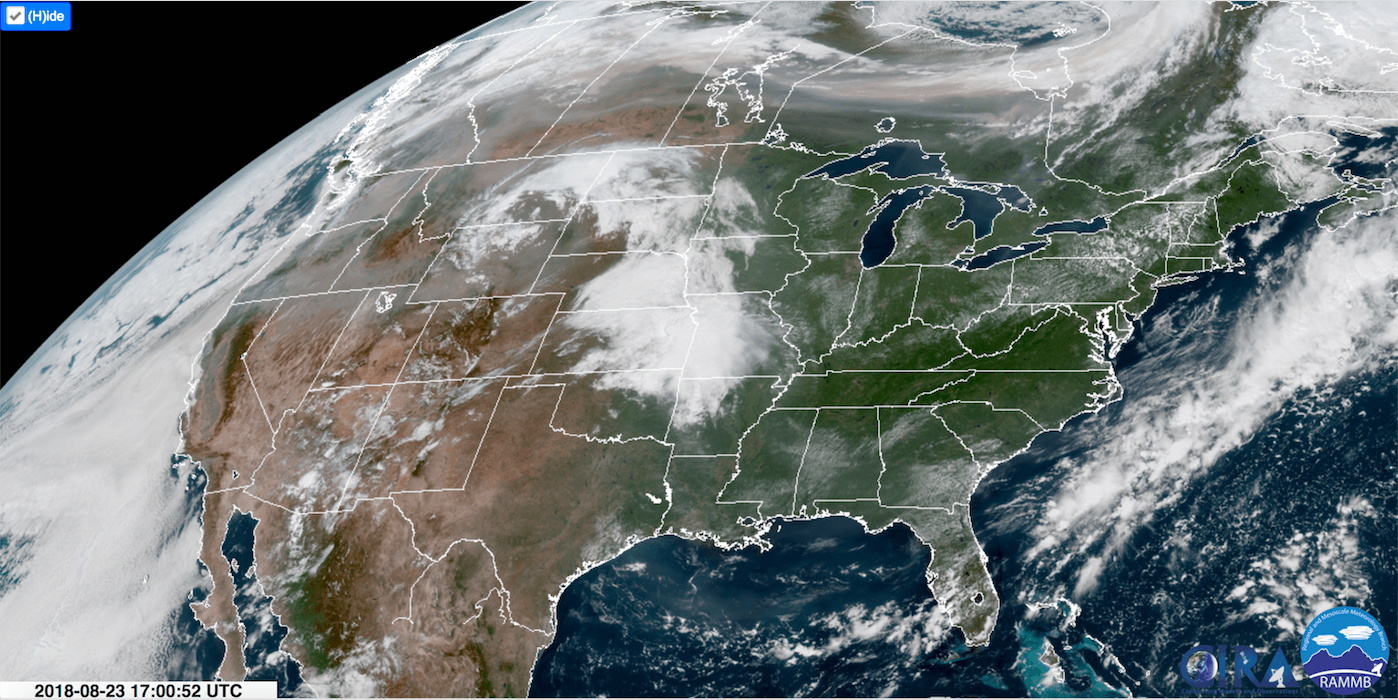Noaa Goes Satellite Fire Detection

Goes 17 arrived at its final operational position of 137 2 degrees west longitude on november 13 2018.
Noaa goes satellite fire detection. Users can subscribe to email alerts bases on their area. Hazard mapping system hms fire and smoke analysis. Product shows the detected hot spots and smoke plumes indicating possible fire locations. Nasa lance fire information for resource management system provides near real time active fire data from modis and viirs to meet the needs of firefighters scientists and users interested in monitoring fires.
Similar to the wf abba product the fdc data provide fire detection and sub pixel fire characterization. Goes west imagery 30 minutes. The hazard mapping system hms is an interactive processing system that allows the trained satellite analysts in the satellite analysis branch sab within the satellite services division ssd to manually integrate data from automated fire detection algorithms using goes and polar advanced very high resolution radiometer avhrr and. Noaa s geostationary operational environmental satellite goes provides 5min observations over the conterminous u s.
Real time satellite fire monitoring goes west. The geostationary operational environmental satellite r series goes r the latest generation of geostationary weather satellites significantly improves the detection and observation of environmental phenomena resulting in improved public safety more accurate forecasts better protection of property and greater assurance on our nation s economic health and prosperity. Products are currently being made from available noaa 15 7 30 am and pm local time noaa 16 1 30 am local time and noaa 17 10 30 am and pm local time passes which have 3 7 micron measurements. Imagery available about 25 minutes later.
Satellite fire detection data displayed on these maps are provided by the usda forest service geospatial technology and applications center nasa goddard space flight center direct readout laboratory nasa modis rapid repsonse system noaa nesdis satellite analysis branch univeristy of wisconsin space science and engineering center and the. Conus imaging sector and 10min observations over the entire western hemisphere full disk imaging sector with two satellites positioned at 75 2 o w goes 16 launched on november 2016 and 137 2 o w goes 17 launched on march 2018. This is a blended product using algorithms for the goes imager the poes avhrr and modis. Fire data is available for download or can be viewed through a map interface.
This full disk imagery from november 15 shows views from each of the satellite s 16 advanced baseline imager channels. Goes active fire detection data.














































